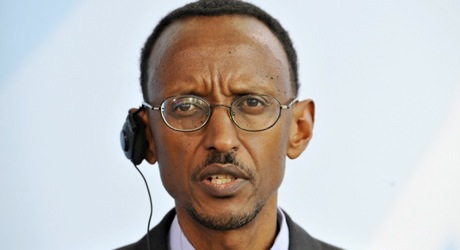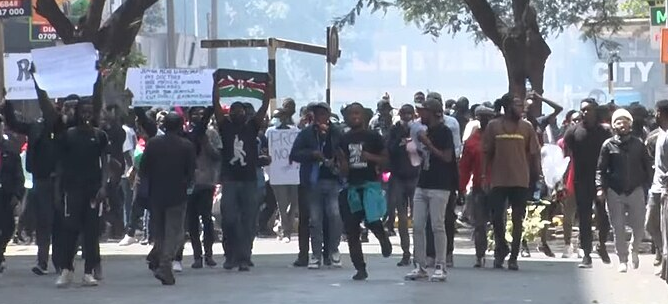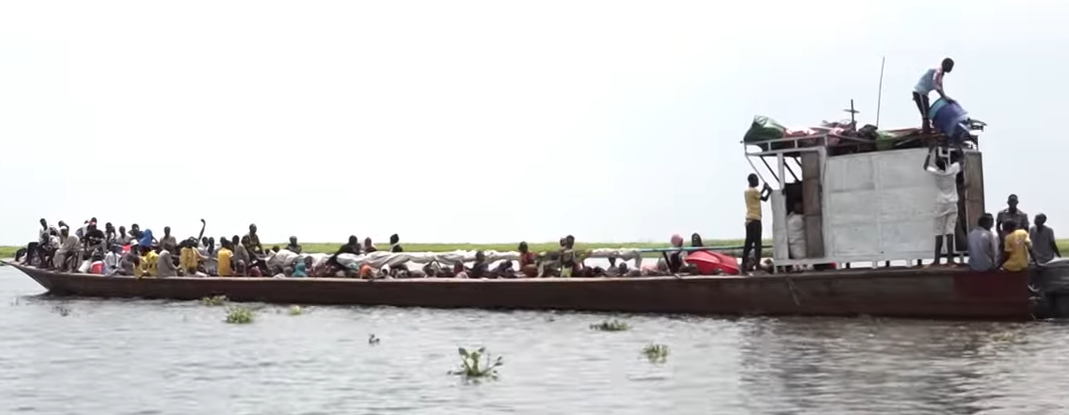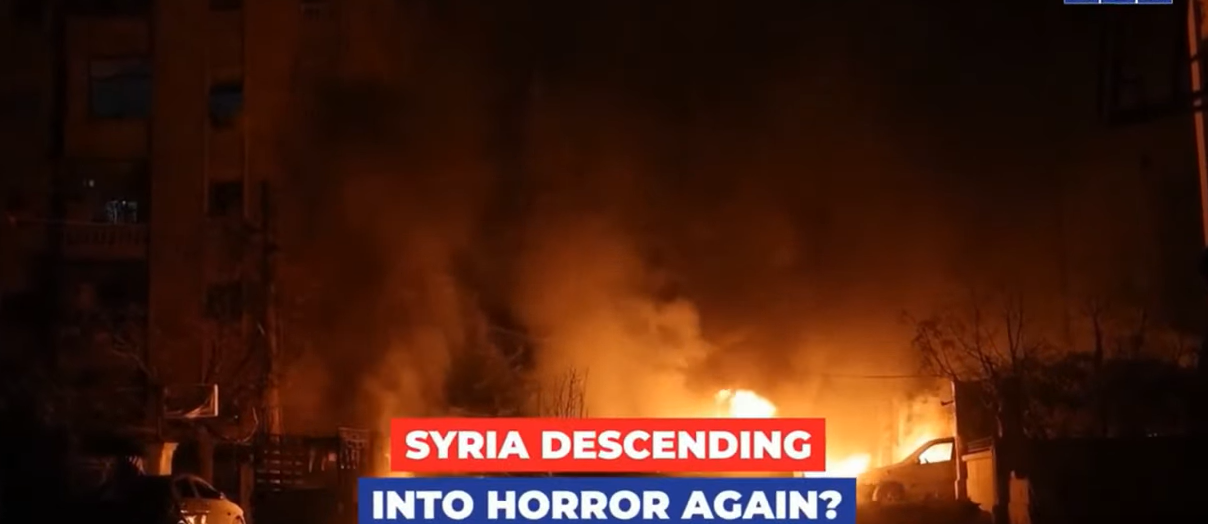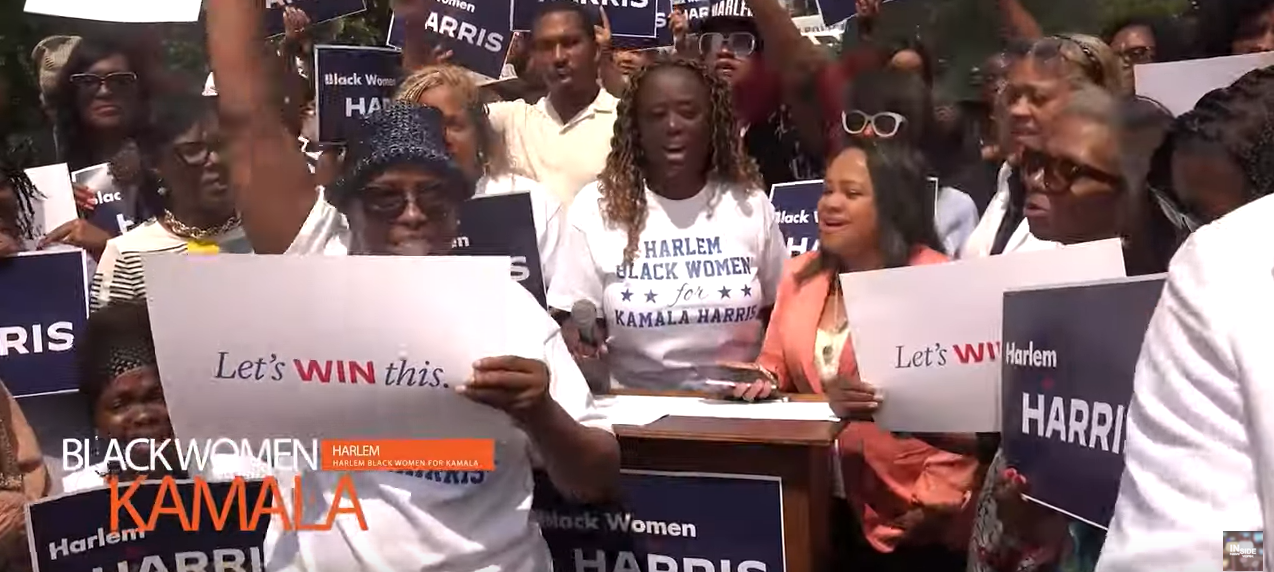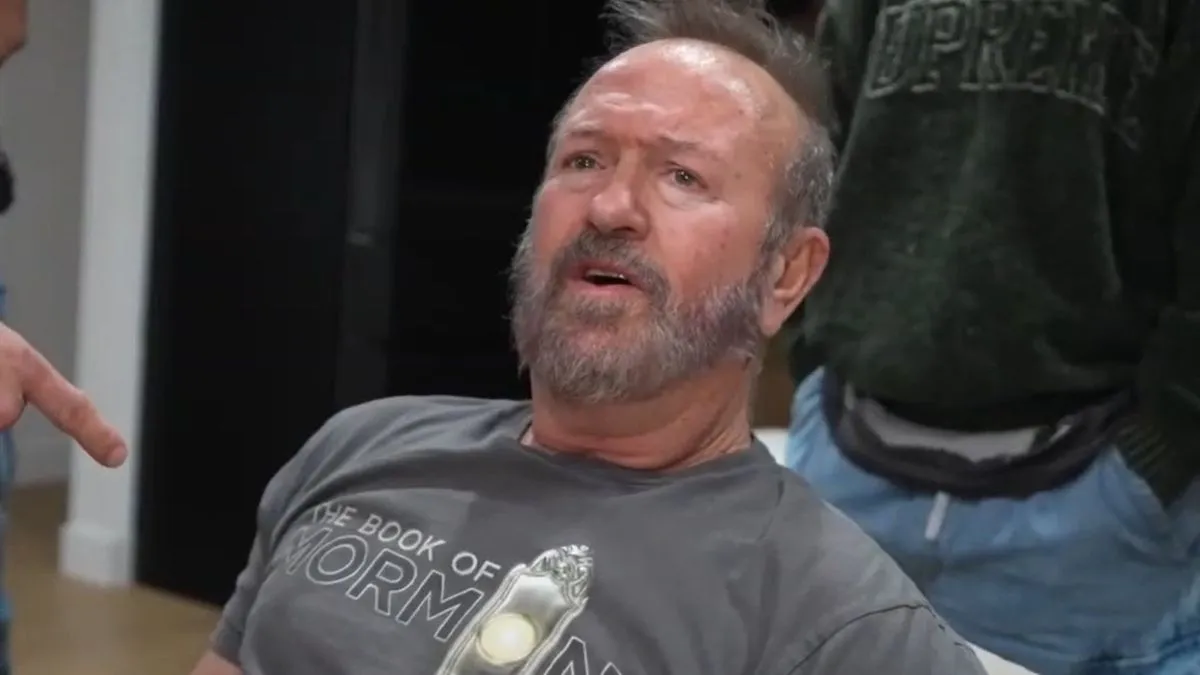Gen. Kagame — capital and profits trumps mass graves
A solemn ceremony was held in Rwanda April 7 to mark the 20th anniversary of the mass killings in that country in 1994.
Corporate media from the United States and the rest of the world covered the event in some depth, underscoring the horrible deaths of hundreds of thousands killed by the state and Hutu civilians. Dignitaries and politicians from around the world, including several from the United States, attended a commemorative event that included an emotional reenactment of the bloodletting.
Entirely uncommented on was the sickening spectacle of Rwandan dictator Paul Kagame overseeing the event. Kagame, a long-time servant of US business interests and a mass killer in his own right, set in motion fighting that culminated in the terrible events of 1994 by invading Rwanda from neighboring Uganda in 1990. An ethnic Tutsi, Kagame was one of the elite class that went into exile during the government of the majority Hutus.
Information published by a wide spectrum of researchers, most notably from the United Nations, has determined that Kagame’s Rwandan Patriotic Front (RPF) killed tens of thousands of people from 1990-94 and several hundred thousand more during and after the period that has become known as the Rwandan Genocide. Because Kagame is supported by the United States, however, those crimes have been buried with the dead and no public ceremony has been held in the last 24 years to honor those killed by the RPF.
Kagame’s goal from the outset of his 1990 invasion was the overthrow of the government of Rwanda, and he continually violated ceasefire agreements to that end. In fact, it was the shooting down in April 1994 of a plane on which Rwandan dictator Juvenal Habyarimana was a passenger, with a preponderance of the evidence pointing to the RPF as the responsible party, that set in motion the 100 days of mass killings. Habyarimana was killed, as was fellow passenger Cyprien Ntaryamira, the president of Burundi, and 10 others.
Much has been made since of the Clinton administration and the international community’s failure to act. In reality, the US was proactive in preventing the UN and anyone else from taking measures that might have prevented much of the killing. Former United Nations Secretary General Boutros Boutros Gali, for one, has put the entire blame for what happened in Rwanda in the 1990’s on the United States.
And even though Kagame continues to claim, as he did in 1994, that his Tutsi ethnic group was targeted in a pre-planned act of the Rwandan government, he also successfully opposed international efforts that might have curtailed the bloodshed. Further puncturing Kagame’s claims is the fact that Rwanda and France, its primary international ally, supported international action to stop the killing. We can only surmise that the mass killing of Kagame’s fellow Tutsis was acceptable to him and the US so long as the end result was his complete victory in the fighting and ascension to power. In addition, it’s been well-documented that many of the Tutsis killed were killed not by Hutus or the Rwandan government but by Kagame’s forces because Kagame considered fellow Tutsis who had remained in Rwanda as untrustworthy or collaborators.
Researchers Christian Davenport and Allan Stam are among those who have investigated the events of 1994. Under the auspices of USAID’s International Criminal Tribune for Rwanda, Davenport and Stam, like many investigators from the West, began their project assuming that the Rwandan government and rampaging Hutu civilians were responsible for virtually all of the killing. As their investigation progressed, however, they discovered more and more evidence indicating the RPF was also responsible for a great deal of killing. When, during their investigation, they presented some of that evidence to a meeting that included high-ranking members of Kagame’s government and military, some in the audience became enraged and one military man cut off their presentation and ordered Davenport and Stam removed by force. Kagame subsequently barred them from ever returning to Rwanda.
More instructive for how the US was determined to spin the story of exclusive Hutu responsibility and Kagame as the savior of the day was USAID’s termination of Davenport and Stam’s research project and refusal to publish or in any way make known their findings. UN investigations that produced similar results were likewise suppressed by the United States.
As with the wars that ravaged Yugoslavia in the 1990’s and their aftermath, to cite just one concurrent example, the West and the US in particular were determined that no findings that reflected the responsibility of anyone but the designated bad guys would see the light of day. In both instances, mass killings and other crimes committed by US clients Kagame, Franjo Tudjman of Croatia, Alija Izetbgovic and Atif Dudakovic of Bosnia, the Kosovo Liberation Army and the United States itself were whitewashed. Crucial to the Rwandan story is the lie that April 1994 marks the beginning of the terrible events, as if Kagame’s 1990 invasion and the intervening deaths of many thousands never happened.
For its part, the US was looking to supplant France, its chief imperial rival in Central Africa, and increase corporate investment in the area, especially in the bordering Congo, one of the world’s most resource-rich nations. To that end, Kagame twice invaded the Congo not long after taking over Rwanda, launching what Edward Herman has described as his second act of genocide. As with the invasion of Rwanda, the invasions of the Congo came with crucial US military training, armaments and diplomatic support.
Western plunder of the Congo dates to the 19th century and the murderous rule of Belgian King Leopold II, whose insatiable lust for wealth was responsible for the deaths of up to 15 million Congolese. Revolutionary forces finally achieved independence in 1960 but it took Congolese reactionaries and their Belgian and CIA helpers all of three months to overthrow and eventually murder Patrice Lumumba, the nation’s first elected Prime Minister. When US puppet Mobutu Sese Seko was put in power, all semblance of independence vanished as Western investors once again took control, and they made Mobutu a multibillionaire for his efforts on their behalf. By the time Kagame invaded the Congo the first time, Mobutu had fallen out of favor. His dictatorial ways had become an international embarrassment, plus the US didn’t like that he was keeping too much of the swag for himself. In addition, they had Kagame who, in his eagerness to be the US’s new client, was as pliant as Mobutu had ever been.
US support of Kagame’s invasions of the Congo has proven a remarkable success, as his wars of terror paved the way to a massive increase in American investments, and profits, in copper, cobalt, coltan and diamonds. During that time, the number of Congolese who have been killed in the fighting or died because of starvation, disease and other causes traced directly to Kagame’s invasions is perhaps ten times as many as died during the Rwandan Genocide, and the dying goes on and on right up to this moment. Yet Kagame has been hailed again and again by Bill Clinton, Madeline Albright, George W. Bush, Samantha Power, Susan Rice and other flacks for US imperialism as a hero and “the man who ended the Rwandan Genocide.”
The ruling class and their media stenographers have brought us through the looking class big-time: war is peace, lies are truth, and genocidists are liberators.
They cannot entirely erase the truth, however, and information about what really happened in Rwanda as documented by Davenport, Stam and many others has become available. Kagame, meanwhile, is hard at work sending hit squads around the world to assassinate exiled opponents of his regime, his job of laying the groundwork for increased US corporate plunder done, and done very well.
That is why he was allowed to oversee last month’s ceremony and why virtually nothing was said in the mainstream about those who died by his hand to make Central Africa safe for US imperialism. It will be up to those who live in a future world free of Empire to honor them in the manner they deserve.
Andy Piascik is a long-time activist and award-winning author who writes for Z Magazine, The Indypendent, Counterpunch and many other publications and websites. He can be reached at [email protected]
